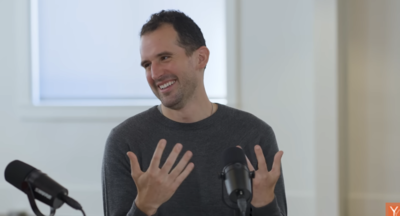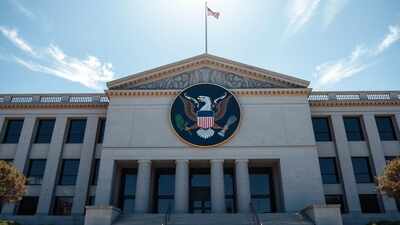
Tom Brown, co-founder of Anthropic and one of the earliest employees at OpenAI, has become a quietly influential figure in the world of artificial intelligence. Yet, less than a decade ago, Brown was struggling with linear algebra, earning a B- in the course.Today, he sits at the helm of one of AI’s fastest-growing research companies. How did he pivot from uncertainty to shaping the cutting edge of technology? His journey offers lessons that students and young professionals can take to heart.From Grouper to OpenAI: Networking as a catalyst Before AI, Brown experimented with startups, including Grouper, a group-dating app, which would unexpectedly shape his career. “I ended up being close with Greg (Brockman, co-founder and president of OpenAI), which ended up being my connection at OpenAI,” Brown told YC’s Lightcone Podcast. Networking wasn’t just chance; it was a deliberate strategy. In an email to Business Insider, Brown wrote, “Surround yourself with people you want to be like. You’ll become more similar to them over time”. For students and professionals alike, this illustrates the value of choosing peers and mentors who challenge and inspire you.Lesson 1: Lifelong self-directed learning Brown’s entry into AI wasn’t predestined. He spent six months self-studying to bridge his knowledge gap before pitching himself to OpenAI. His toolkit included Linear Algebra Done Right by Sheldon Axler, the Google DeepMind e-book How to Scale Your Model, Coursera courses, Kaggle projects, and a GPU purchased via YC alum credit, according to Business Insider. On the podcast, Brown emphasized the courage it took to dive into AI: “It seemed at the time that you needed to be top superstar to try to help out at all… I had a lot of uncertainty about whether I would be able to help”.Lesson 2: Know how to be helpful Brown underscores that ambition alone isn’t enough. “Contact people doing the work you want to do and explain your plan for helping them. They usually want help and will give you feedback on your approach,” he told Business Insider. Students entering competitive fields should focus on actionable ways to contribute, rather than merely showcasing potential.Lesson 3: Mentorship and peer learning “You don’t have to go it alone,” Brown wrote to Business Insider. “When learning, it’s much easier if you have a mentor or two and a group of friends learning alongside you”. This principle applies broadly: Whether navigating AI, startups, or corporate environments, guided learning accelerates growth.Lesson 4: Take risks and pursue meaningful work Brown’s leap into AI required audacity. He acknowledges that the approach he used in 2015 may not fit today’s market but emphasizes the timeless principle: “Taking more risk is wise, and then also trying to work on stuff where your friends would be really excited and impressed if you did it, or a more idealized version of yourself would be really proud if you succeeded at it,” he told Business Insider. For students and professionals, this translates into stepping out of comfort zones to pursue projects with impact.Lesson 5: Learn by doing and manage personal resources Brown stresses practical experience over abstract preparation. “The best way to get good at something is usually by doing it directly. Try doing it first, then see where you fail. That will show you where you need to practice,” according to Business Insider.Complementing this advice is his financial wisdom: “Keep your personal expenses low”. Risk-taking is more sustainable when personal stability is maintained.From a B- to AI frontier Brown’s trajectory — from uncertain linear algebra student to Anthropic co-founder, demonstrates that career success is rarely linear. It is forged through curiosity, deliberate networking, mentorship, calculated risk-taking, and hands-on learning. For students and young professionals, his story offers not just inspiration, but a roadmap for navigating the complex and fast-evolving world of technology.TOI Education is on WhatsApp now. Follow us here.







